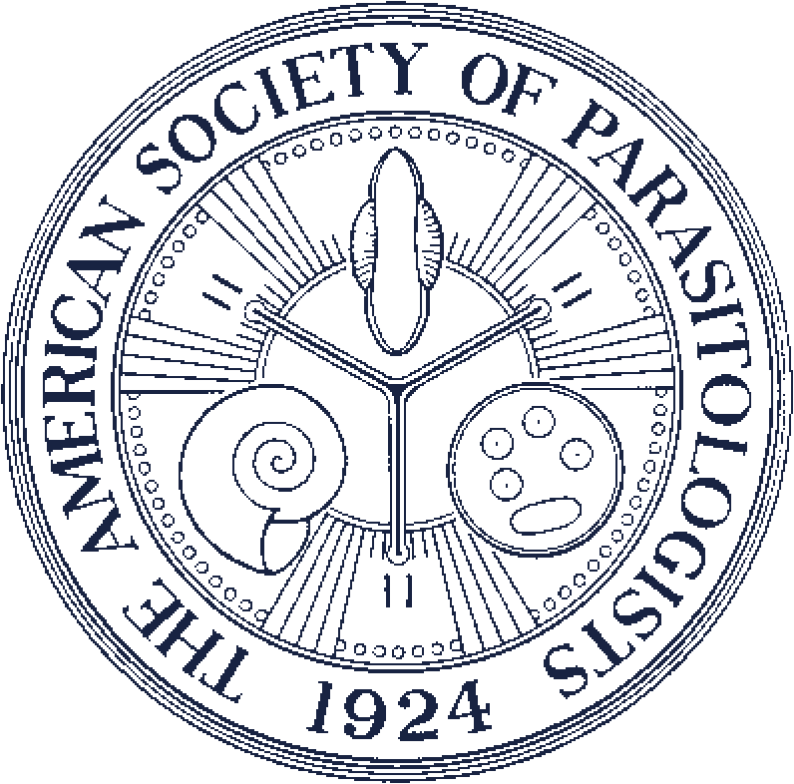Harriscolex nathaliae N. Sp. (Cestoda: Proteocephalidea) from Pseudoplatystoma corruscans (Siluriformes: Pimelodidae) in the Paraná River Basin, Argentina
The proteocephalidean cestode Harriscolex nathaliae n. sp. (Proteocephalidae: Zygobothriinae) is described from the intestine of the spotted sorubim Pseudoplatystoma corruscans (Spix and Agassiz) (Siluriformes: Pimelodidae) from the Paraná River basin in Argentina. This new species differs from the only species of the genus, Harriscolex kaparari (Woodland, 1935), which is a parasite of Pseudoplatystoma tigrinum (Linnaeus) from the Amazon River in Brazil, by its larger scolex (width of 450–750 μm vs. 305–340 μm), the position of the vagina in relation to the cirrus sac (anterior and posterior vs. only anterior), an asymmetrical vaginal sphincter, the arrangement of vitelline follicles (1 narrow longitudinal band on each side of the proglottid vs. 2 pairs of wide longitudinal bands on dorsal and ventral sides), and a higher number of uterine diverticula (22–45 vs. 16–20). Harriscolex nathaliae is covered with 2 types of microtriches, acicular filitriches and gladiate spinitriches.Abstract:

Harriscolex nathaliae n. sp. from Pseudoplatystoma corruscans. (A) Scolex, dorsoventral view (holotype MHNG-PLAT 82291). (B) Transverse cross section of mature proglottid at level of testes posterior to cirrus sac (holotype MHNG-PLAT 82291). (C) Transverse cross section of mature proglottid at the level of the ovary (holotype MHNG-PLAT 82291). (D, E) Detail of eggs (MHNG-PLAT 22917, host field No. Py 5076). (F) Mature proglottid, dorsal view (paratype MHNG-PLAT 82290, field number Ar 1667). (G) Gravid proglottid, ventral view (holotype MHNG-PLAT 82291). Abbreviations: cp, cone-shaped projection; cs, cirrus sac; doc, dorsal osmoregulatory canal; em, embryophore; ga, genital atrium; gc, gland cells; lh, larval hooks; lm, longitudinal musculature; Mg, Mehlis's gland; oe, outer envelope; on, oncosphere; ov, ovary; t, testes; ut, uterus; vc, vaginal canal; vf, vitelline follicles; voc, ventral osmoregulatory canal; vs, vaginal sphincter. Scale bars: A, F, G = 250 μm; B, C = 200 μm; D, E = 20 μm.

Scanning electron micrographs of Harriscolex nathaliae n. sp. (A) Latero-dorsoventral view of scolex; letters indicate location of high-magnification sections shown in C–I. (B) Apical view of scolex. (C) Apical surface of scolex. (D) Marginal surface of sucker. (E) Luminal surface of sucker. (F) Nonadherent surface of sucker. (G) Proliferation zone surface. (H) Immature proglottid surface. (I) Mature proglottid surface. Filled black arrow shows cone-shaped projections; filled white arrow shows aciculate filitriches; empty white arrow shows small gladiate spinitriches; dashed arrow shows large gladiate spinitriches. Scale bars: A, B = 100 μm; C–I = 1 μm.

Harriscolex kaparari from Pseudoplatystoma tigrinum. Mature proglottid, ventral view (MHNG-PLAT 22018, host field No. Br 645). Abbreviations: cs, cirrus sac; doc, dorsal osmoregulatory canal; ga, genital atrium; Mg, Mehlis's gland; ov, ovary; t, testes; vc, vaginal canal; vf, vitelline follicles; voc, ventral osmoregulatory canal; vs, vaginal sphincter. Scale bar = 250 μm.
Contributor Notes
